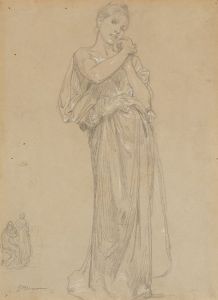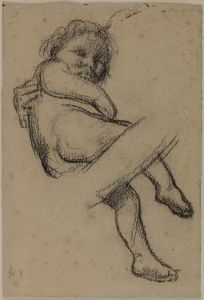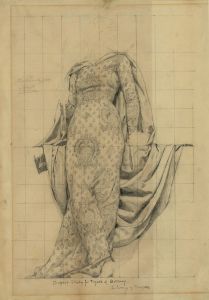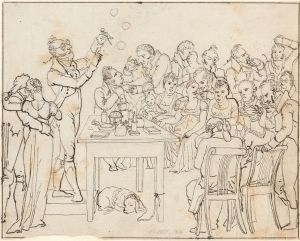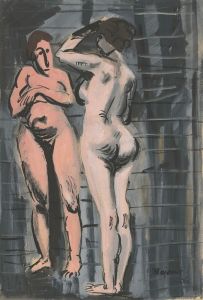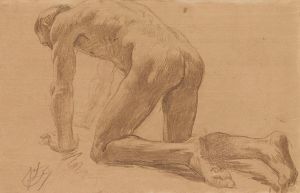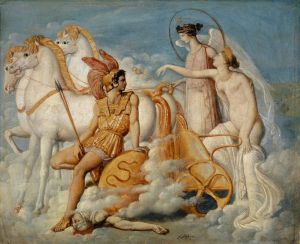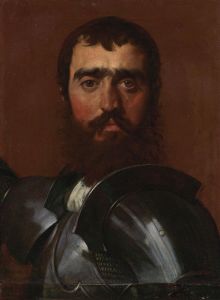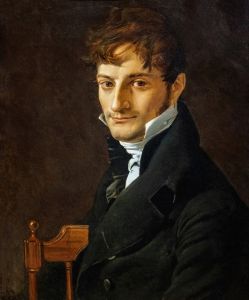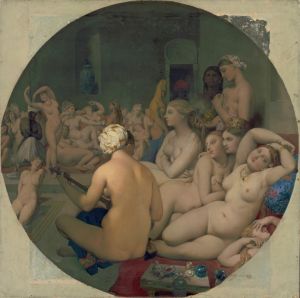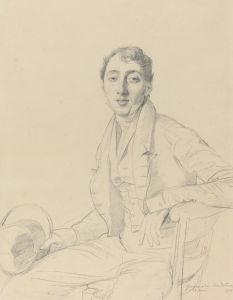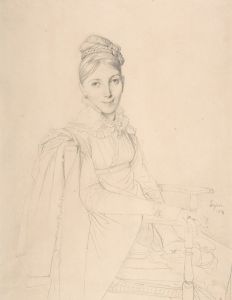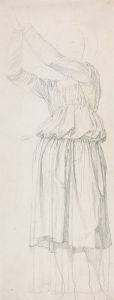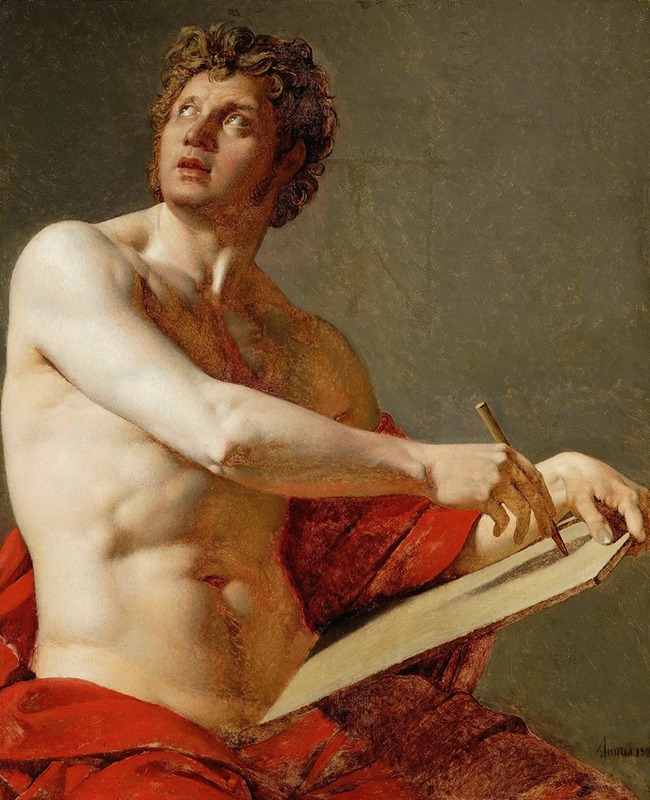
Academic study of a nude man
A hand-painted replica of Jean Auguste Dominique Ingres’s masterpiece Academic study of a nude man, meticulously crafted by professional artists to capture the true essence of the original. Each piece is created with museum-quality canvas and rare mineral pigments, carefully painted by experienced artists with delicate brushstrokes and rich, layered colors to perfectly recreate the texture of the original artwork. Unlike machine-printed reproductions, this hand-painted version brings the painting to life, infused with the artist’s emotions and skill in every stroke. Whether for personal collection or home decoration, it instantly elevates the artistic atmosphere of any space.
"Academic Study of a Nude Man" is a drawing created by the French Neoclassical artist Jean Auguste Dominique Ingres. Ingres, born on August 29, 1780, in Montauban, France, is renowned for his precise and meticulous draftsmanship, which is evident in this particular study. The drawing is a testament to his rigorous academic training and his commitment to the classical ideals of beauty and form.
The drawing depicts a male nude, rendered with exceptional attention to anatomical detail and proportion. Ingres's approach to the human form was heavily influenced by his studies at the École des Beaux-Arts in Paris, where he was a student of Jacques-Louis David, one of the leading figures of Neoclassicism. David's influence is apparent in Ingres's emphasis on clarity, linearity, and the idealized representation of the human body.
Ingres created this study during a period when academic training in art placed significant emphasis on life drawing and the study of the human figure. Such studies were essential for artists to develop their skills in rendering the human anatomy accurately and were often used as preparatory works for larger compositions. The drawing showcases Ingres's ability to capture the subtleties of musculature and the naturalistic portrayal of the male form.
The work is executed with a fine, controlled line, characteristic of Ingres's drawing style. The use of shading and hatching techniques adds depth and volume to the figure, demonstrating Ingres's mastery of chiaroscuro. The pose of the figure is both relaxed and dynamic, with a sense of naturalism that suggests a live model was used for the study.
"Academic Study of a Nude Man" is part of a broader tradition of academic art that sought to revive the ideals of classical antiquity. Ingres's dedication to this tradition is evident in his numerous studies and finished works that often reference classical themes and subjects. His drawings, including this study, were highly regarded by his contemporaries and continue to be celebrated for their technical precision and beauty.
Throughout his career, Ingres produced a significant number of drawings, many of which were studies for his paintings. These drawings provide valuable insight into his artistic process and his commitment to the principles of academic art. "Academic Study of a Nude Man" is an excellent example of how Ingres's rigorous training and classical influences shaped his approach to art.
Today, Ingres is remembered as one of the foremost artists of the 19th century, and his works are held in high esteem in art historical circles. His drawings, including "Academic Study of a Nude Man," are studied for their exemplary technique and their contribution to the Neoclassical movement. The drawing remains an important piece within Ingres's oeuvre, reflecting his skill as a draftsman and his dedication to the academic principles that defined his artistic career.





